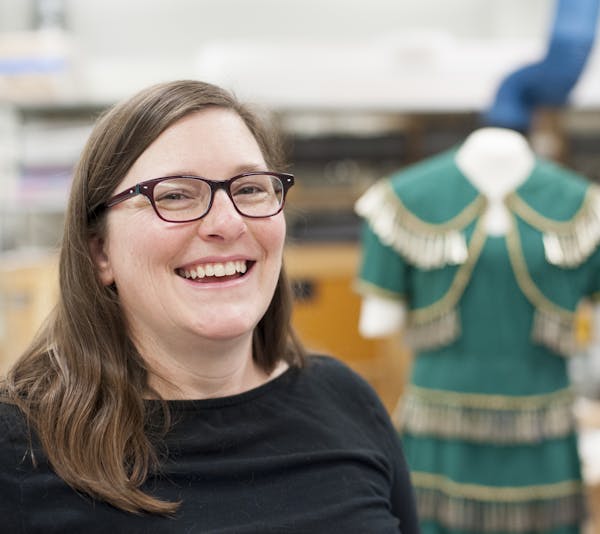About five years ago, Kurt Nordwall, a framing technician at the Minneapolis Institute of Arts, was walking through the museum when his attention fell on a 17th-century Dutch painting in an unusually elaborate frame.
Nordwall's job involves building frames appropriate to the art they surround. A streamlined square for a Chuck Close portrait. A deep box for a fragile Georgia O'Keeffe abstract. Most very old paintings, by the time the museum acquires them, have been reframed over the years, often in anachronistic styles that, to his eye, detract from the art.
"That frame has nothing to do with that work," he said, pointing to one example. "It's just crying for a better presentation."
But the frame surrounding the Dutch painting was contemporary with the art. It was made of intricate stacks of molding carved with tiny ripples and waves, a style favored by Dutch artists of the era.
He wanted to know how to duplicate it for other pieces from the period. He tried using his own tools, but couldn't make it work. "I'm a pretty persistent guy," he said. "I like looking at something and figuring out how to make it happen."
He'd have to learn the techniques 17th-century Europeans used. So he traveled to Holland and examined frames. He found a video by a man in Copenhagen who'd made a machine that could create those designs. Finally he succeeded in building a machine of his own, a crank-driven device with changeable steel blades for different patterns.
He feeds strips of wood under the blades — he favors pear wood from Switzerland, just like they used in the 17th century — cranking them through repeatedly, the machine scraping off a tiny bit at a time, until the patterns reach the right depth. He repeats the procedure on many pieces of molding, then assembles them into a frame. A single frame can take months.
"I like the way it looks," he said. "And I like the fact that nobody knows how it's done."

